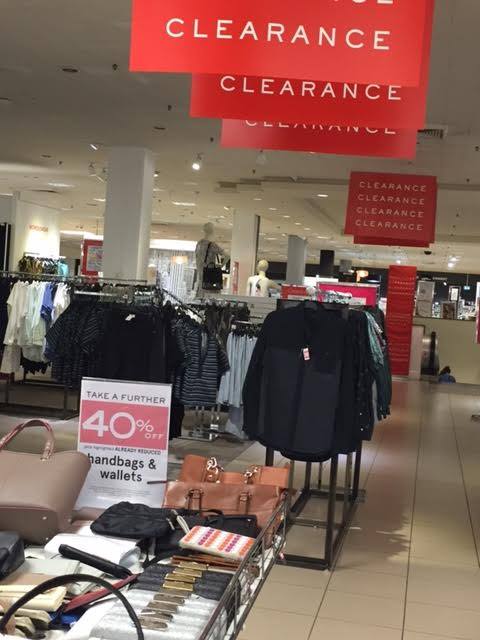The time has come.
In just over a year, e-commerce behemoth Amazon will finally open distribution centres in Australia, providing customers with a greater range of products delivered to their door faster than ever.
The news serves as cause for celebration from consumers who appreciate the convenience and range that Amazon provides, and a final warning for Australian retailers. The writing’s been on the wall for years; it’s time for the long-stagnant industry to make a decision: innovate or die.
Myer boss Richard Umber is well aware of the fact. In May, the company announced share prices had fallen 9% following a 3.3% decline in sales in the first 13 weeks of 2017 compared to the same period in 2016. Back then, when asked how Myer would recover in the wake of Amazon’s imminent arrival, Umber told The Sydney Morning Herald that “(Myer’s) long-term resilience is best assured by ensuring our proposition is based on more than just price”.
One month later, and how does Myer choose to prove relevance relies on more than price? By setting up a line of discount fashion, of course!
Visit the second floor of Myer Frankston in Melbourne’s far south, and you’ll see the concept on display. Gone is the iconic black and white branding. It’s been replaced by a vibrant yellow. Employees wear different uniforms, and the level is marked as ‘Myer Clearance’ as if to disassociate it from the rest of the store.

It feels like a dirty little secret; one that is sure to remind some readers of the old Myer Bargain Basement days. The idea was essentially the same, but it eventually came to an end when executives realised the whole idea of a bargain basement didn’t exactly align with Myer’s positioning as a prestige brand.
And yet here we are again.
Meanwhile, the company continues to cut jobs, especially full-time jobs, in a concentrated effort to corrode the most valuable element of any retail brand – and the only real advantage they have against online competition: efficient, expert customer service.
Myer says replacing full-timers with casual staff will mean more employees working during busy periods.
A few weeks ago, I stopped by the Myer Melbourne flagship store. It was Friday night, late night shopping, and I arrived knowing what I wanted to buy. It took me 45 minutes to pick up the item, pay, and walk out the door. Online, it would have taken less than five.
And if Amazon goes in the same direction in Australia as it has in the US, we could see delivery in 2 hours or less.
This is not service. This is the result of executives failing to rise up to the challenge e-commerce has presented to their tradition for nearly 20 years.
It seems Myer is doing everything it can to subvert itself in the name of a vague idea of relevancy. While it is unlikely to kill the brand any time soon, it’s proof that retailers need to come up with better ideas, or join the likes of print media, the taxi industry, and network television in inevitable oblivion.
